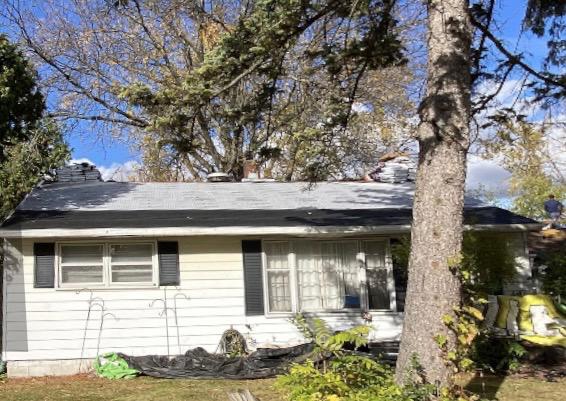
If you’ve ever driven through Detroit during one of our classic windstorms or a long, soggy spring, you already know how tough the weather can be on a roof. We’ve been roofing in this city for over 30 years, from Ferndale to Downriver, from Shelby Township to Harper Woods, and if there’s one thing we can tell you for sure: it’s not just the shingles that count. What’s underneath – the roof underlayment – is what keeps the real trouble out.
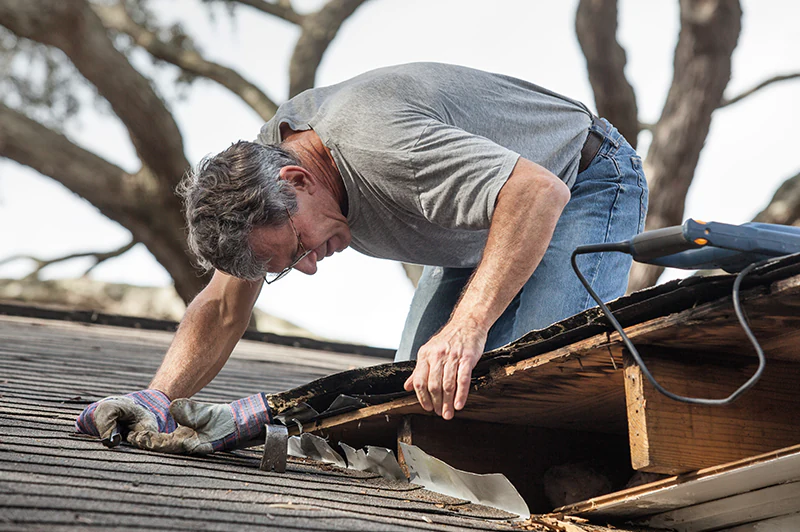
Now, many homeowners don’t even realize there’s something between the shingles and the plywood. So let me tell you, as someone who’s torn off more old roofs than I care to count: that thin layer of roofing material, whether it’s synthetic underlayment, rubberized asphalt underlayment, or traditional felt paper, does more work than you might think. We call it roofing paper, tar paper, or felt paper, but today there are many kinds of underlayment available, from asphalt-saturated felt to high-tech synthetic roof underlayment and even peel-and-stick underlayment made from rubber polymers.

Let’s break it down like we’re explaining to our neighbor over the fence and look at what we consider the top five best underlayment for roofs — based on real-world experience, Michigan weather, and decades of fixing what others have cut corners on.
1. Asphalt-Saturated Felt (Tar Paper)
This is the old-school stuff we used to use on just about every asphalt shingle roof. It’s also what most folks call roofing paper, felt underlayment, or tar paper. Made from heavy-duty paper soaked in asphalt, it’s water-resistant but not waterproof. You can get it in 15-pound or 30-pound weights — the heavier, the better when it comes to holding up in bad weather.
Asphalt-saturated felt is still used today because it’s affordable, cost-effective, and easy to work with. However, if it gets soaked during installation or sits too long in the sun before the shingles go on, it can wrinkle, tear, or even start to disintegrate. So while it works, it’s not the best roof underlayment for everyone — especially not in Detroit’s harsh weather conditions.
You’ll find this in most big-box stores like Home Depot, Menards, or Lowe’s, as well as at local roofing supply yards. A roll usually costs between $20 and $40, depending on its weight and brand. For a standard-size roof, you’ll likely need multiple rolls, so the total cost can add up quickly.
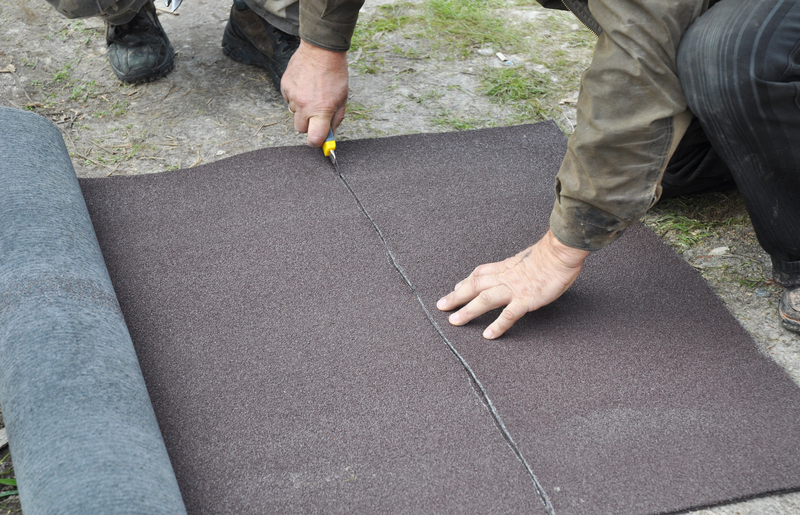
2. Synthetic Roof Underlayment
This synthetic roof underlayment has truly transformed the industry. Made with polypropylene fibers and sometimes rubber polymers, it’s lighter, stronger, and much more tear-resistant than traditional felt. That’s essential when working in high winds or sudden rainstorms like we often face in places like Grosse Pointe, MI.
It’s also more resistant to UV rays and extreme temperature changes, which means if your shingles are delayed during installation, synthetic underlayment can last for weeks — even up to six months — without breaking down. Contractors tend to prefer it because it installs quickly, withstands foot traffic, and repels water effectively. It’s definitely one of the best underlayment options available today and a must for any roofing system seeking premium protection and energy efficiency.
Sold at stores like Lowe’s and Home Depot, but pros typically buy through distributors like ABC Supply or Allied Building Products. Prices usually range from $70 to $120 per roll. While the upfront cost is higher, it benefits durability and protection.
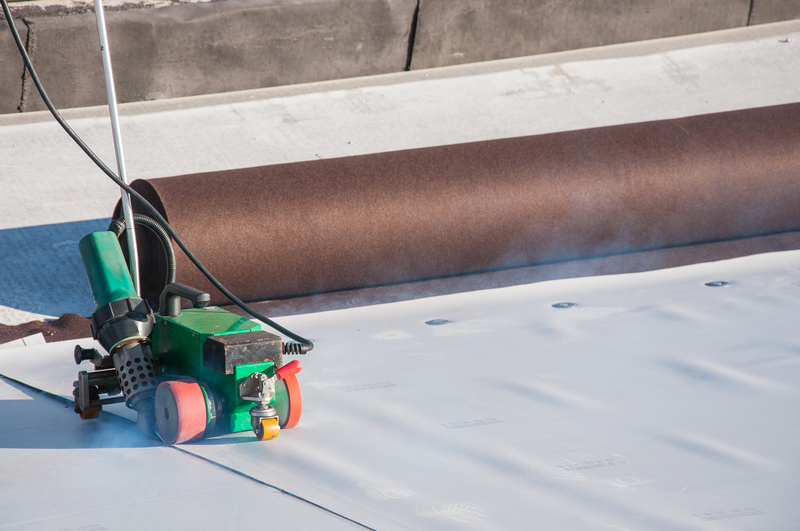
3. Rubberized Asphalt Underlayment (Peel and Stick)
Now, if you’re asking us what offers the best premium protection, it’s rubberized asphalt underlayment — what we often call peel-and-stick underlayment. This stuff has an adhesive backing and goes directly onto the roof deck, creating a watertight seal.
It’s ideal for high-risk areas — valleys, eaves, low slope roofs, and around chimneys. It self-seals around nails, resists water leaks and wind-driven rain, and fights against ice dams. The downside? It costs more. But when you’re dealing with areas prone to failure, that expense is well worth it.
Rubberized asphalt boosts fire and water resistance and provides durable, long-term protection. It is especially useful in extreme climates like ours.
Available at specialized roofing suppliers. Brands like Grace Ice & Water Shield or GAF WeatherWatch are common. Prices range from $100–$180 per roll. Used in targeted areas (eaves, valleys), so you don’t need as much of it.
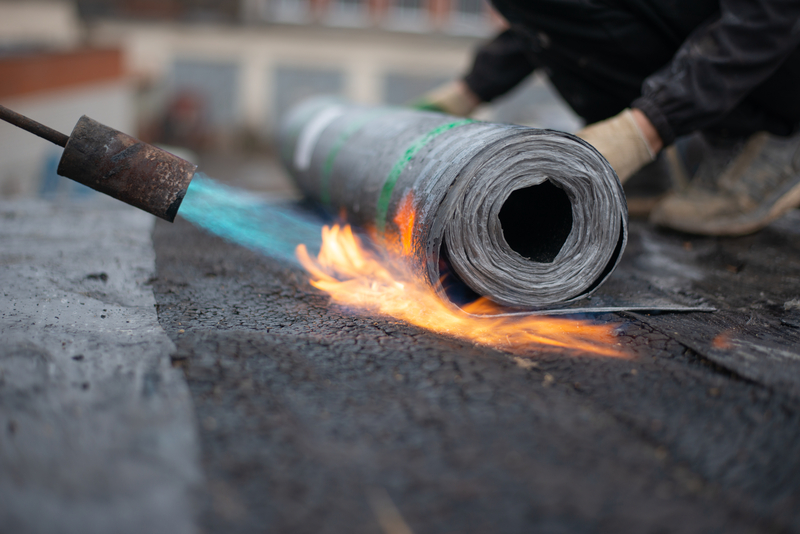
4. Hybrid Roofing Systems (Synthetic + Rubberized Asphalt)
Many times, a hybrid system is necessary. We lay synthetic underlayment over the whole decking, and then use rubberized asphalt in the problem areas. This combo gives you the durability and cost efficiency of synthetic underlayment installed properly, with the premium protection where you need it most.
This type of roofing system has become a go-to for roofing contractors in Detroit. It works with different materials — asphalt shingles, metal roofs, and even for complicated roof covering jobs. Plus, it meets or exceeds local building codes and holds strong through extreme temperature swings.
These combos are typically sourced by roofing contractors who buy in bulk from pro suppliers. The cost depends on roof size and complexity, but generally falls in the mid-range — more than felt, less than full rubberized coverage.
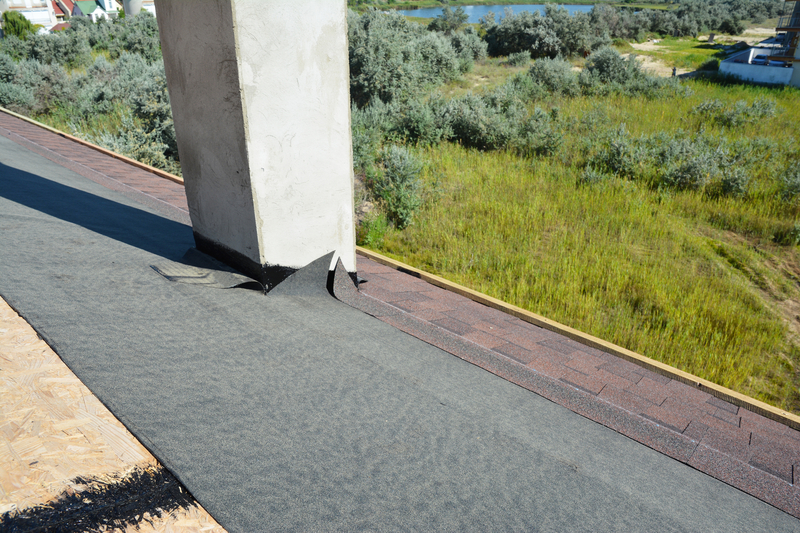
5. High-Performance Synthetic Underlayment Types
There’s a growing category of high-performance synthetic underlayment types designed to offer even more. Think enhanced fire resistance, extreme tear resistance, long exposure time, and better overall durability. These are ideal for large, steep roofs or a full roof replacement where you want the best roof underlayment available.
These underlayments can stay exposed for up to six months, handle wind-driven rain, and resist water damage like pros. Some even offer better insulation and protection against moisture buildup — a real plus in winter months. They’re more material-heavy and pricier, but they last longer and perform better.
Usually available only through professional suppliers, premium brands like GAF FeltBuster, Titanium UDL, Deck-Armor, or Sharkskin can cost $120–$200 per roll. These rolls typically cover more area and are designed to be more durable, especially in harsh weather.
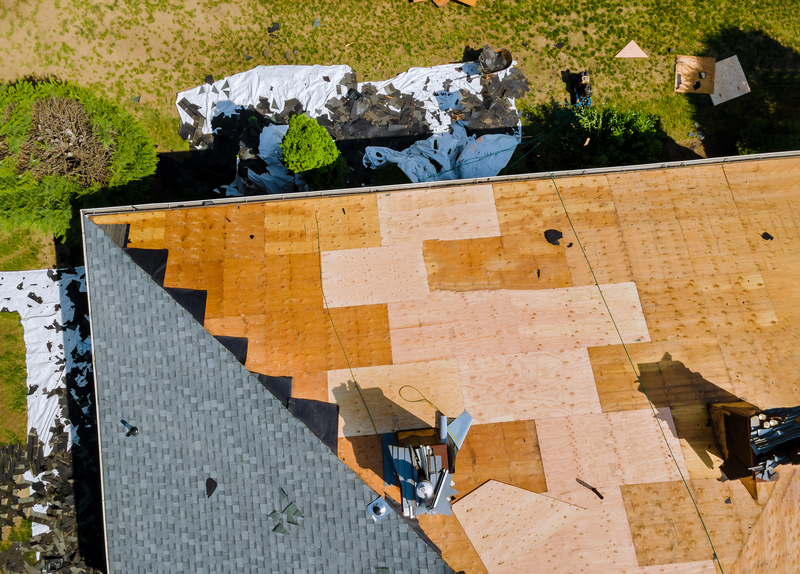
What Else You Need to Know
Roof underlayment is never meant to be your only line of defense. It acts as a backup when moisture gets past your asphalt shingles — and it will, trust us. With wind-driven rain, ice dams, and plain old gravity, water always finds the weak spots. The right underlayment can mean the difference between a dry, secure attic and thousands of dollars in repairs.
The installation process is also important. Always overlap properly — at least 2 inches — and use the correct fasteners. Use cap nails for synthetic underlayment and staples for felt underlayment (3/8″ is common). Ensure to apply peel-and-stick underlayment in valleys, around skylights, and other vulnerable areas.
And don’t overlook underlayment options. Many homeowners focus only on shingles, but the underlayment protects your decking from moisture, enhances durability, and boosts the overall protection of your roof.
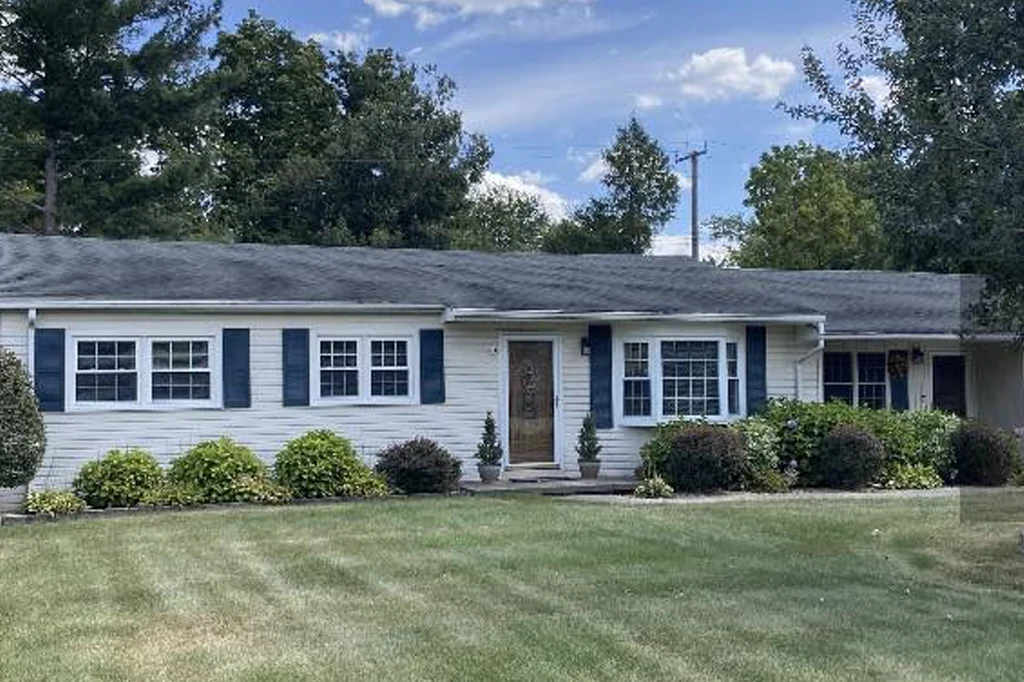
Free Roof Underlayment Evaluation in Metro Detroit
Are you not sure what underlayment is on your roof—or which one you need next? We offer free, no-pressure evaluations for homeowners across Metro Detroit. Whether you need a full roof replacement or just want a second opinion before winter, our crew is ready to check your roof deck and give honest recommendations.
👉 Call Roofing Above All at 586-803-3626 or schedule your free estimate online.
Don’t wait until the next storm exposes a weak spot. Let us help you choose the right underlayment — and install it right the first time.
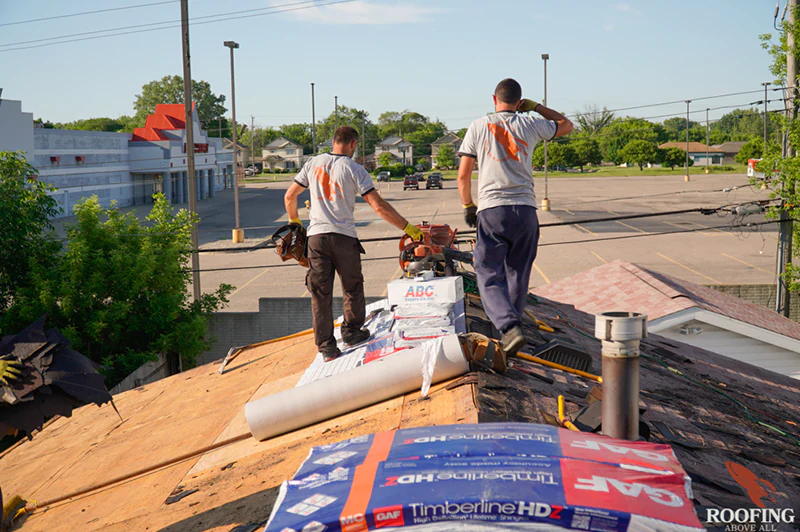
If you’ve ever driven through Detroit during one of our classic windstorms or a long, soggy spring, you already know how tough the weather can be on a roof. We’ve been roofing in this city for over 30 years, from Ferndale to Downriver, from Shelby Township to Harper Woods, and if there’s one thing we can tell you for sure: it’s not just the shingles that count. What’s underneath – the roof underlayment – is what keeps the real trouble out.
Underlayment Comparison Table
| Type | Avg. Price/Roll | Where to Buy | Best For |
|---|---|---|---|
| Asphalt-Saturated Felt (Tar Paper) | $20–$40 | Home Depot, Menards, Lowe’s | Budget jobs, mild weather |
| Synthetic Roof Underlayment | $70–$120 | Home Depot, ABC Supply, Allied | General use, high performance |
| Rubberized Asphalt (Peel & Stick) | $100–$180 | Roofing suppliers, contractors | Valleys, eaves, ice-prone areas |
| Hybrid System | Varies | Roofing contractors, suppliers | Balanced protection and cost |
| High-Performance Synthetic | $120–$200 | ABC Supply, pro distributors | Harsh climates, large or complex roofs |
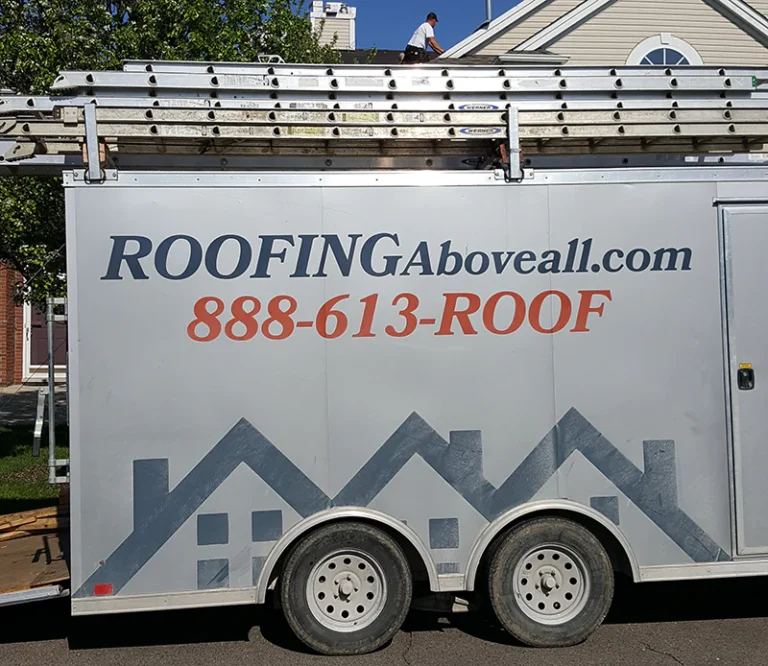
Planning a new roof and underlayment
If you’re planning a new roof or just curious about what lies beneath your existing shingles, take a moment to consider your roof underlayment options. The right underlayment not only repels water and protects your roof deck, but it also supports the entire roofing system — enhancing protection, durability, fire resistance, and cost-effectiveness.
As some brothers who’ve roofed through more Detroit winters and humid summers than we care to count, we can tell you this: shingles get the glory, but underlayment does the heavy lifting.
Pick the best underlayment
Protect your home. And if you need help figuring out the type of underlayment that fits your local climate and roof design, talk to a roofer who actually works in your neighborhood and is certified. We’ve seen what works — and what doesn’t — when Michigan weather starts throwing punches.
This article is brought to you by Roofing Above All – Detroit’s roofing experts who’ve seen it all and roofed through worse. Need help figuring out the right underlayment for your roof replacement or new roof? Give us a call. We roof like we live here – because we do.